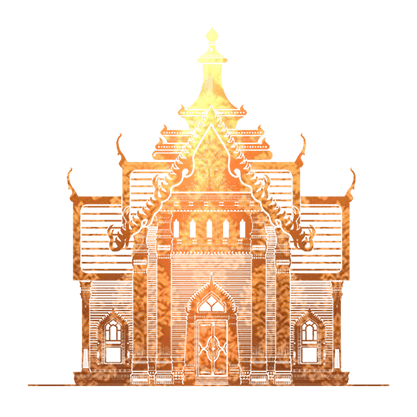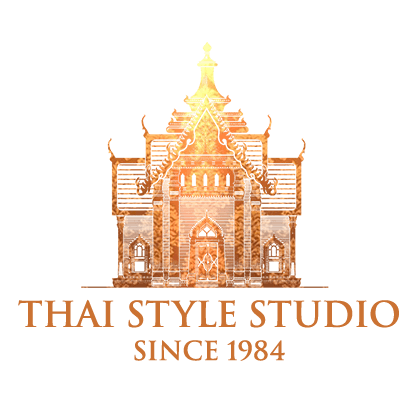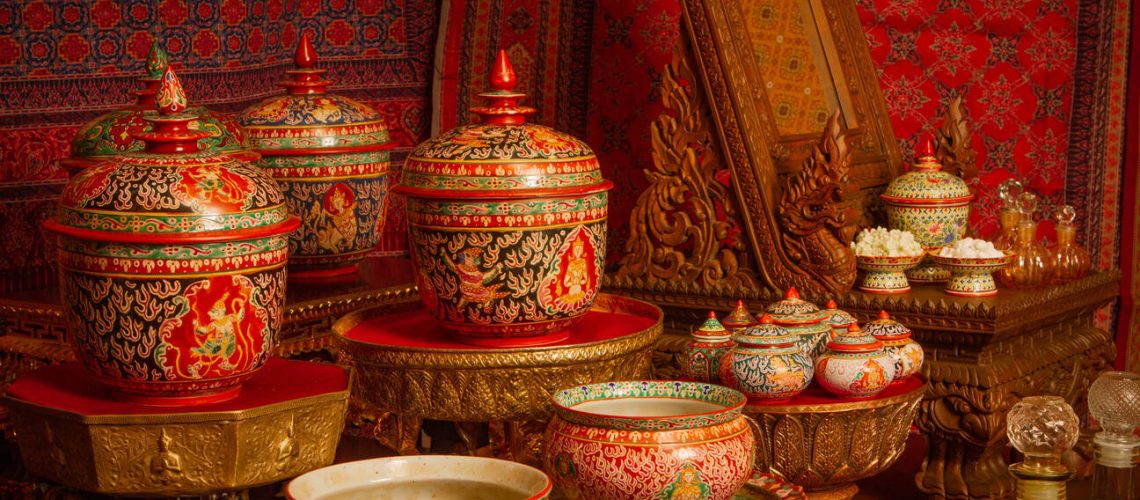The art of creating Benjarong is a longstanding Thai handicraft with roots tracing back to ancient times. Historical records indicate that Thai Benjarong wares were initially commissioned and produced in China, while the vibrant and intricate patterns were distinctly Thai. This is a testament to the exceptional craftsmanship and artistic skills of Thai artisans. The distinctive attributes of Benjarong porcelain highlight its uniquely Thai aesthetics, surpassing the Thai identity even of ceramics like Sangkhalok. Benjarong is regarded as a refined and exclusive form of craftsmanship, primarily associated with the royal court, princely palaces, and the residences of the elite nobility, rather than being commonly available in the general market.
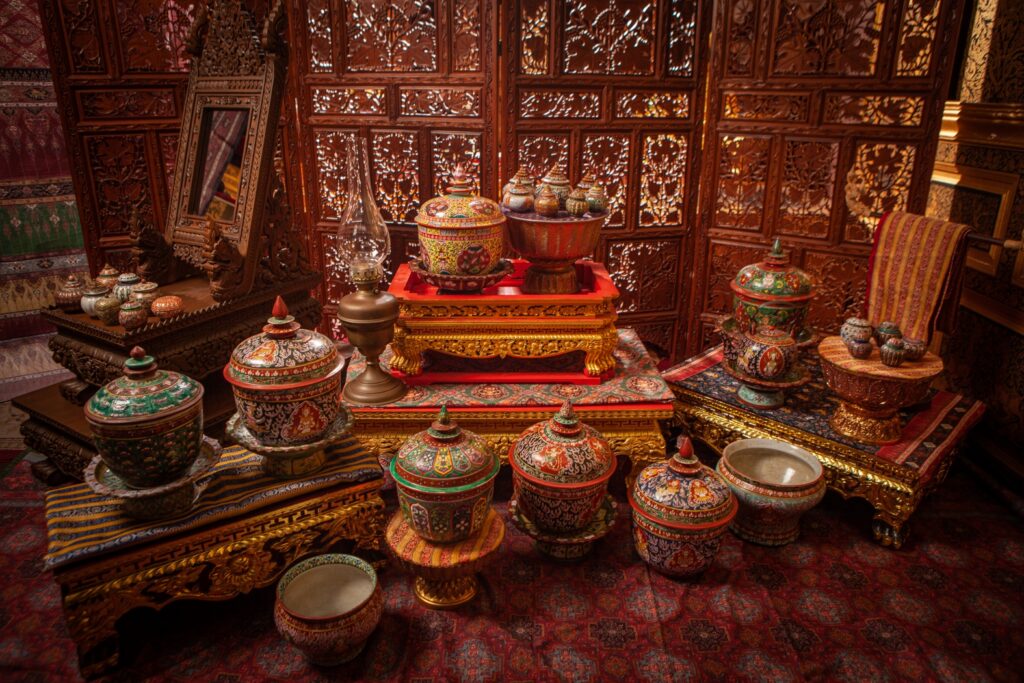
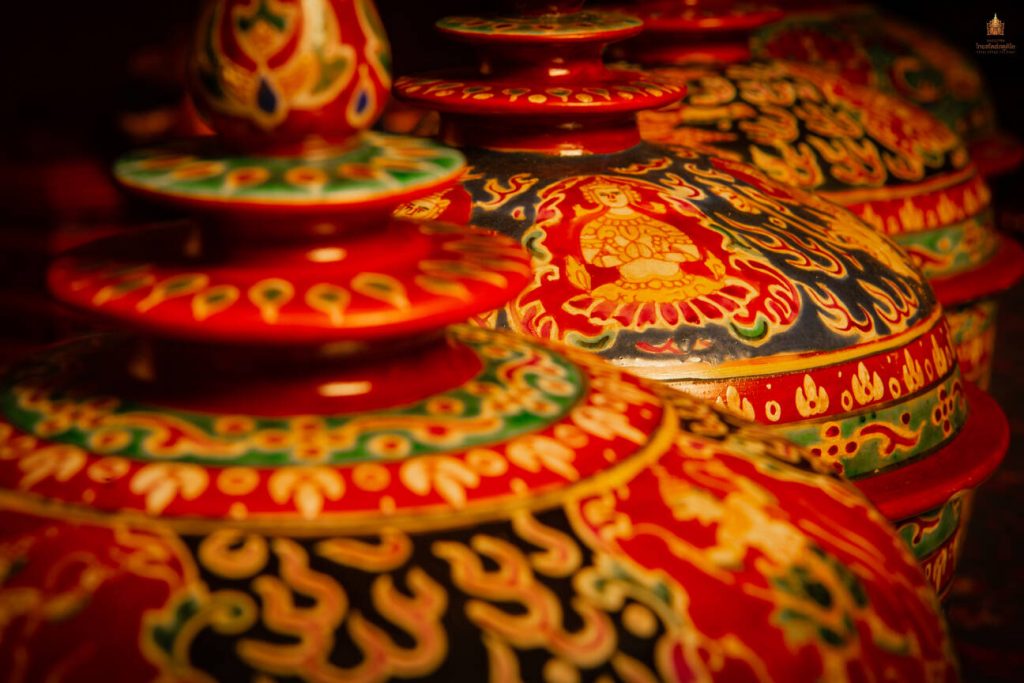
The origins of Benjarong ware initially featured a modest palette of 3 colors for painting. However, it later evolved to incorporate 5 colors: white, yellow, black, red, and green (indigo). This transformation gave rise to its name, “Benjarong,” (Benja-; five) which signifies glazed ware adorned with colorful designs. In the contemporary context, more than 30 colors are employed in Benjarong creations. Benjarong boasts a diverse array of designs that employ these five colors for painting. Renowned patterns include the Kanok pattern, Phum Khao Bin pattern, Thep Phanom pattern, Narasingha pattern, floral patterns, animal patterns, and depictions from the Ramayana epic, among others. The patterns featured on Benjarong ware intricately reflect local wisdom, Thai cultural beliefs, and the way of life of the Thai people.
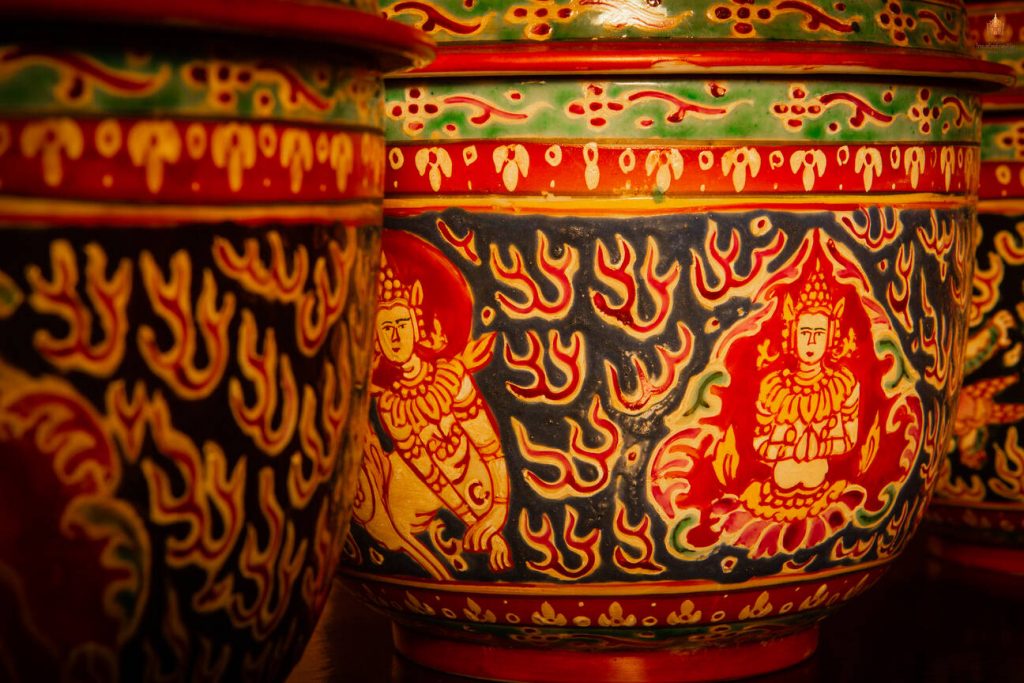
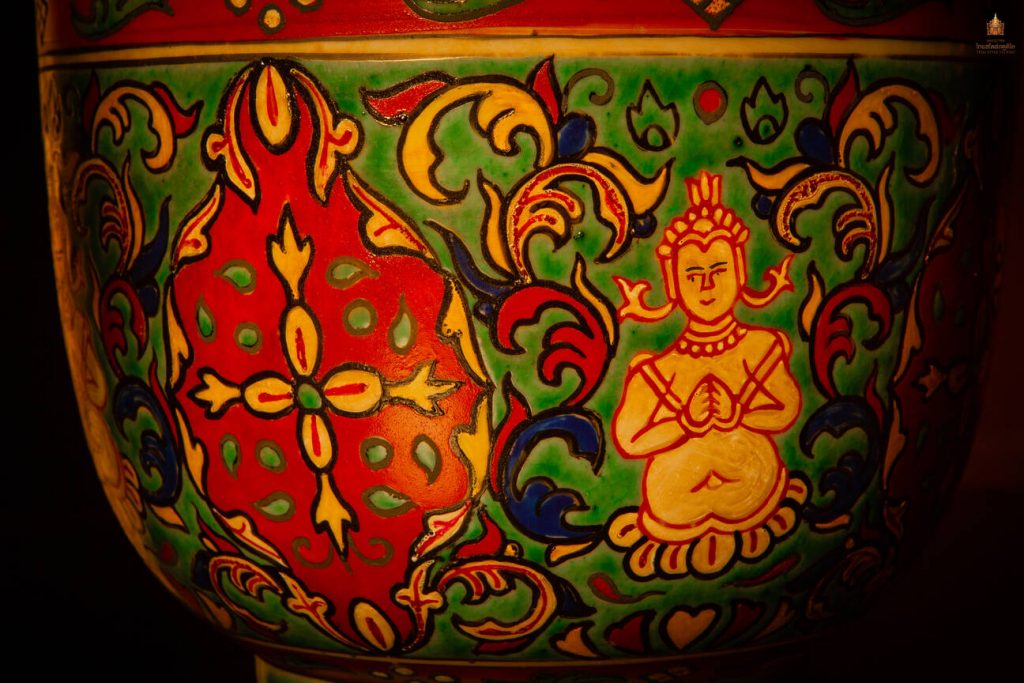
Benjarong wares are crafted in various forms, serving a multitude of purposes, including bowls, plates, jars, spoons, spittoons, kettles, and tea cup sets. These pieces exhibit shapes influenced by both Chinese and Thai designs. In Thailand, bowls with lids are frequently ordered to create food sets. The jars, on the other hand, come in numerous distinctive shapes, such as melon-shaped jars, urn-shaped jars, star gooseberry-shaped jars, and jars adorned with gold tops.
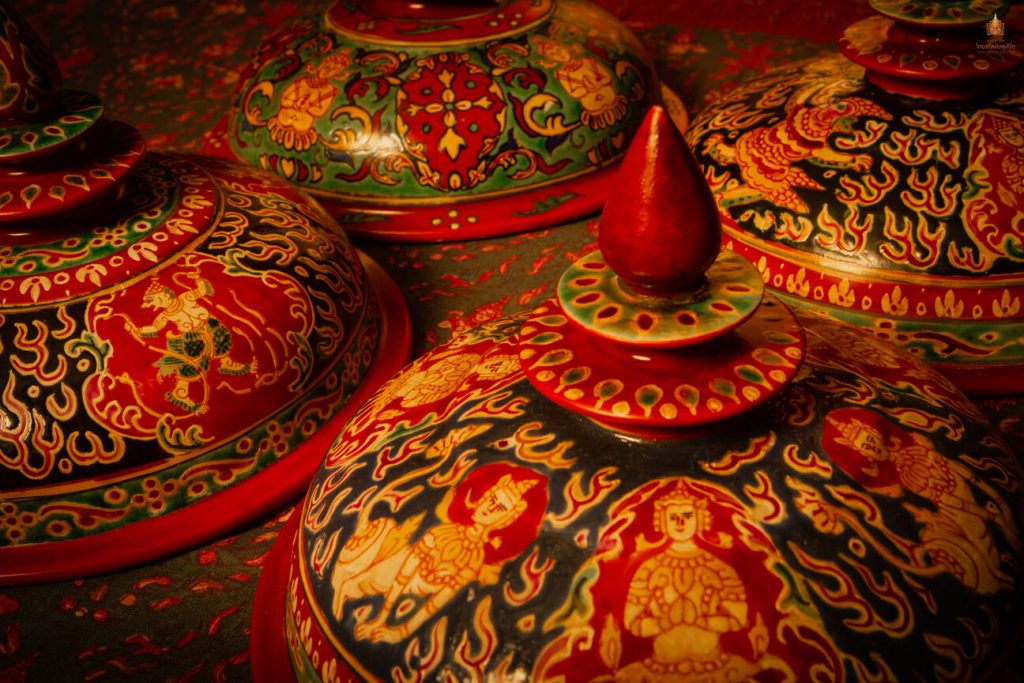
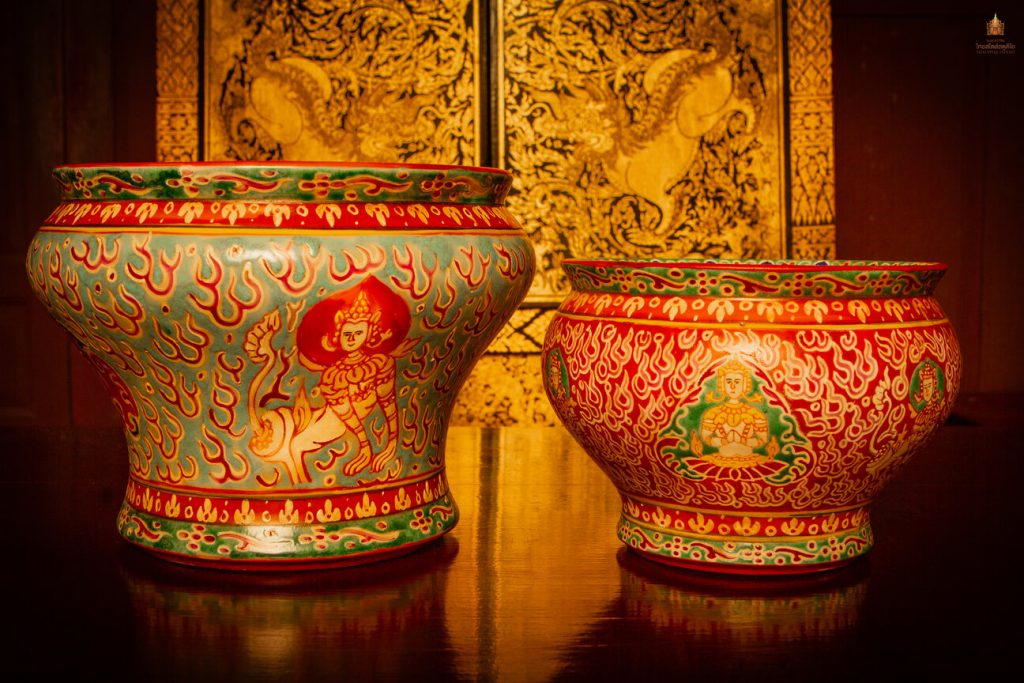
Benjarong wares from the Ayutthaya era, featuring designs like Thepphanom-Narasingha with flame-like Kanok patterns, exhibit exquisite craftsmanship. The green-glazed bowls were clearly reserved for royal use.
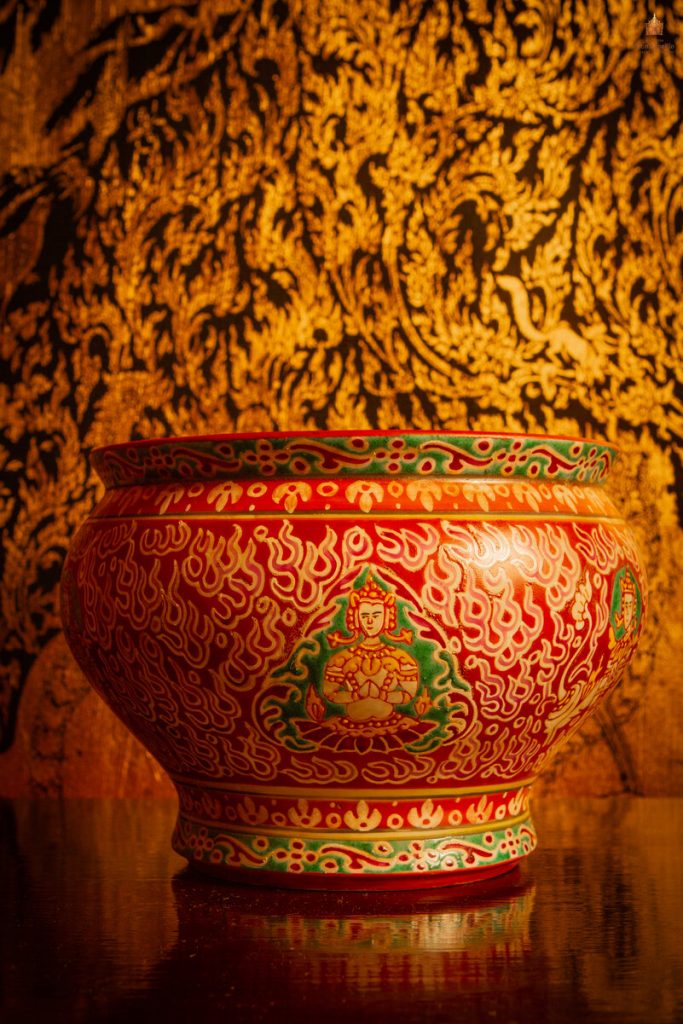
During the Rattanakosin period, a shift in pattern evolution from the Ayutthaya era is notable. This era introduced captivating patterns like Rajasingha, Garuda, Singha, Narasingha, Kinnaree, and Hanuman, often complemented by intricate Kanok Phlaew and Kankhot patterns.
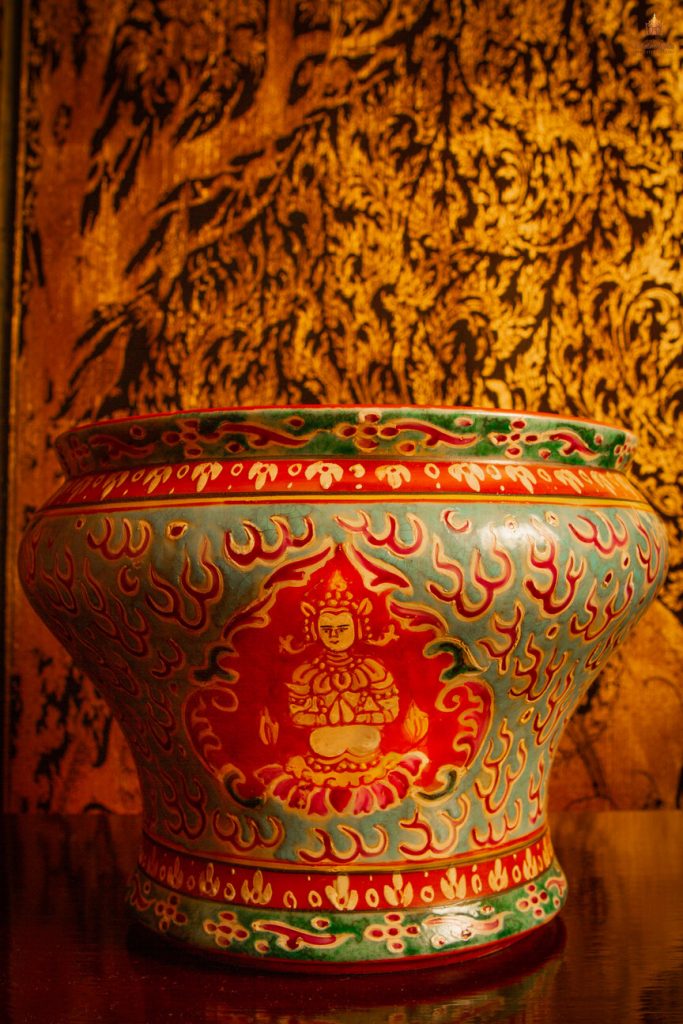
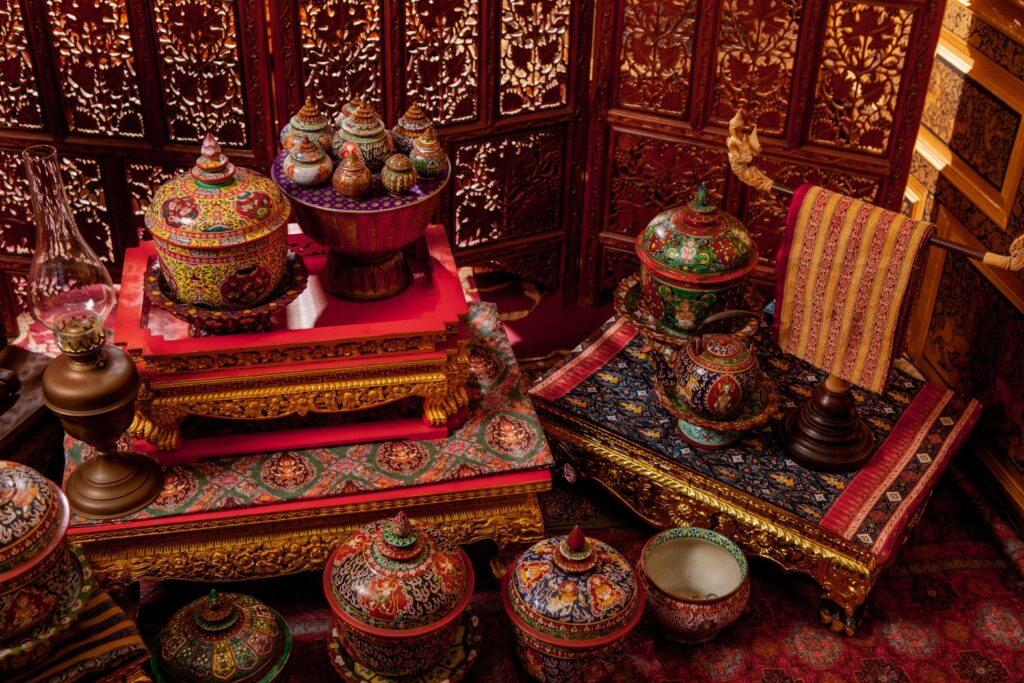
In the past, Benjarong was exclusively commissioned for use in the royal court, princely palaces, and the residences of high-ranking nobility. However, in contemporary times, Thai Benjarong has gained widespread popularity among both Thais and foreigners. It is now produced for export to various countries in Europe and Asia, contributing significantly to Thailand’s reputation and generating substantial income. Whether purchased for home decor or as gifts and souvenirs, Benjarong has become a versatile and valued art form.
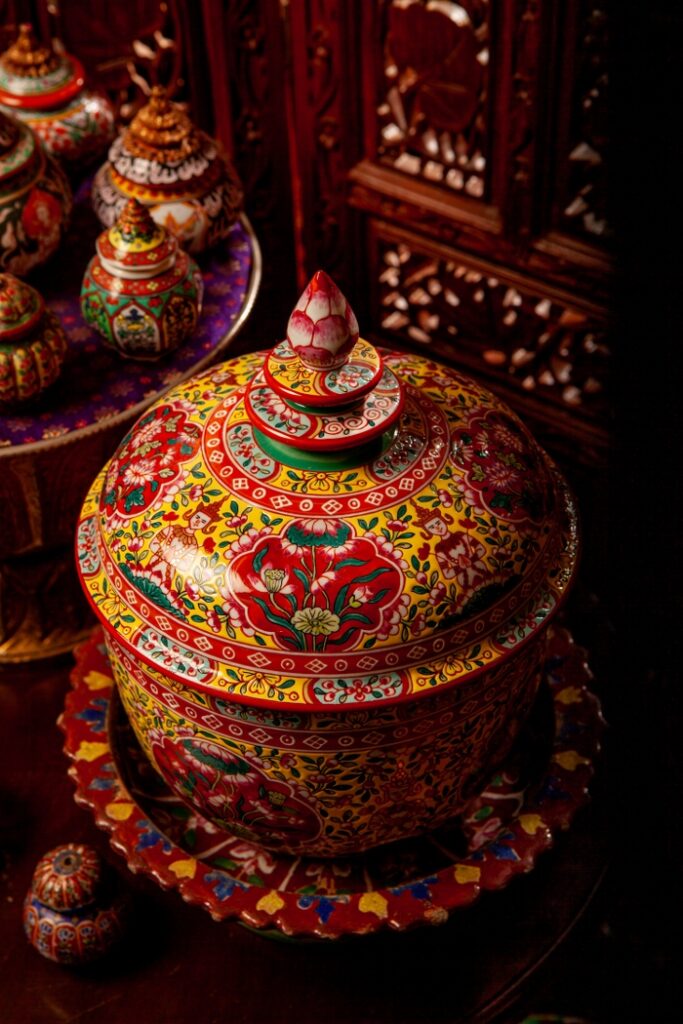
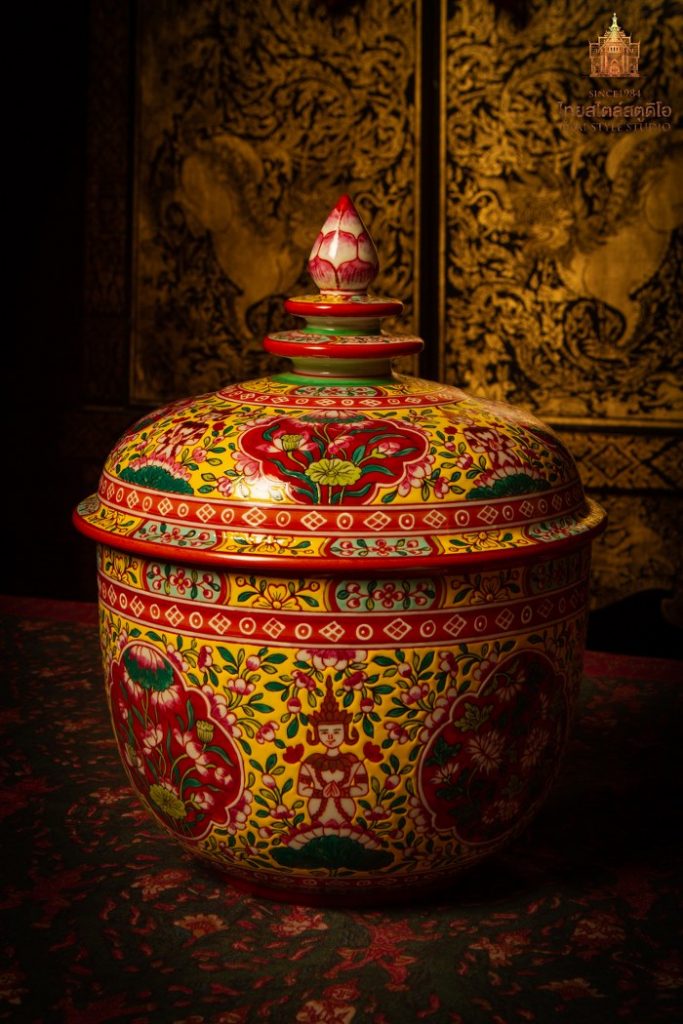
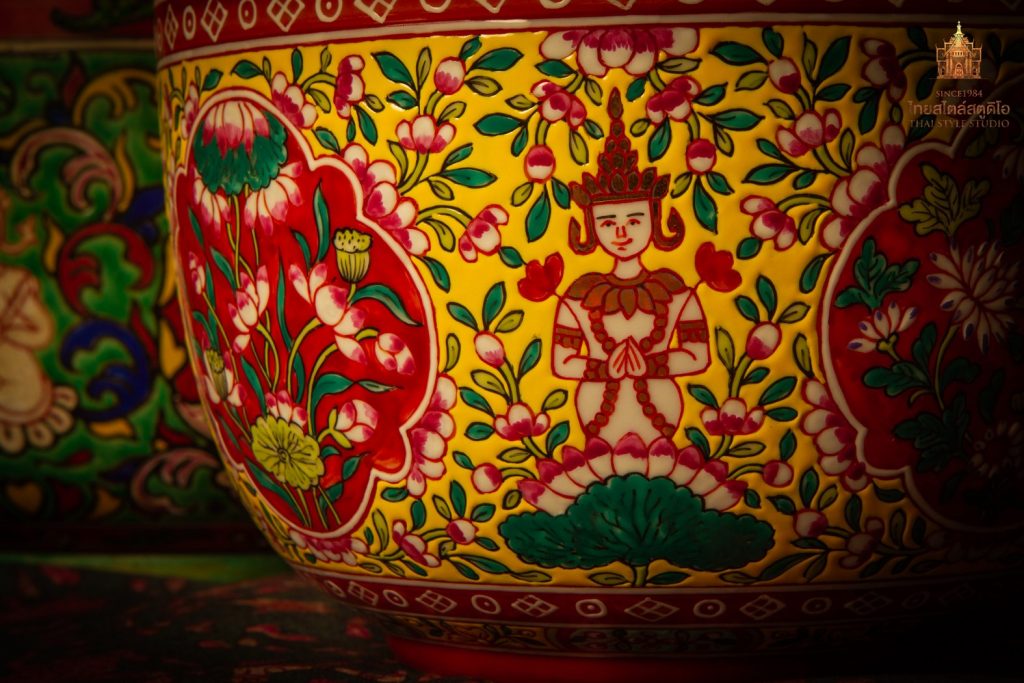
In conclusion, it can be affirmed that Benjarong are rightfully regarded as high-class items with the status of fine art. These wares feature colorful patterns that showcase the uniqueness of Thailand. Those who possess Benjarong often cherish and preserve them with a profound sense of appreciation, recognizing them as exquisite and historically significant Thai treasures. Consequently, these items are frequently safeguarded in private collections, homes, temples, royal courts, private museums, the National Museum, and our studio, “Thai Style Studio”.
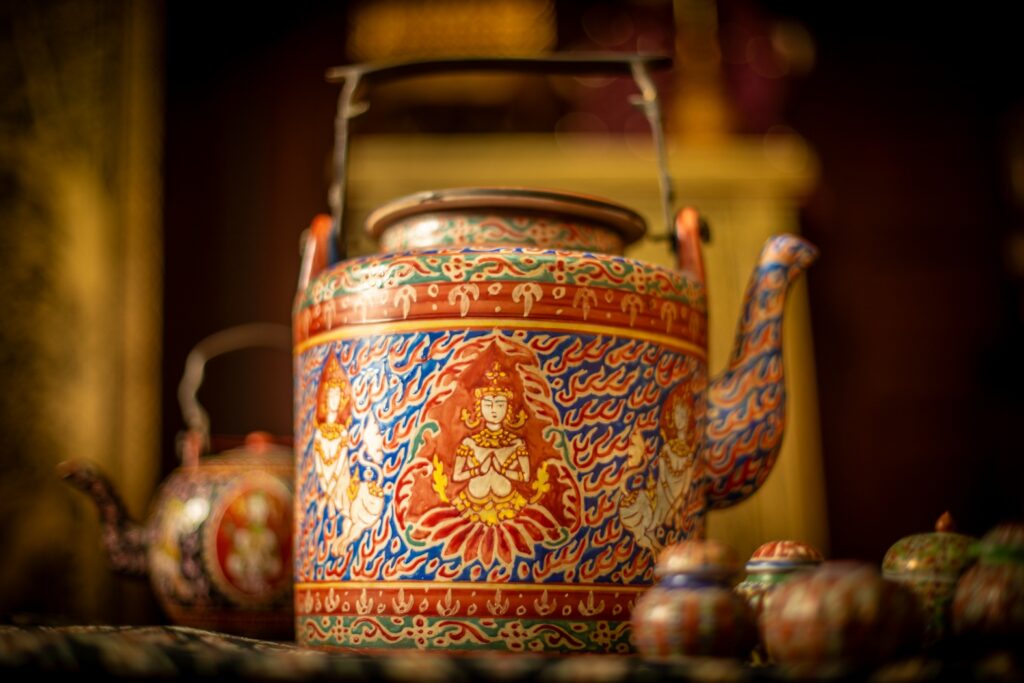
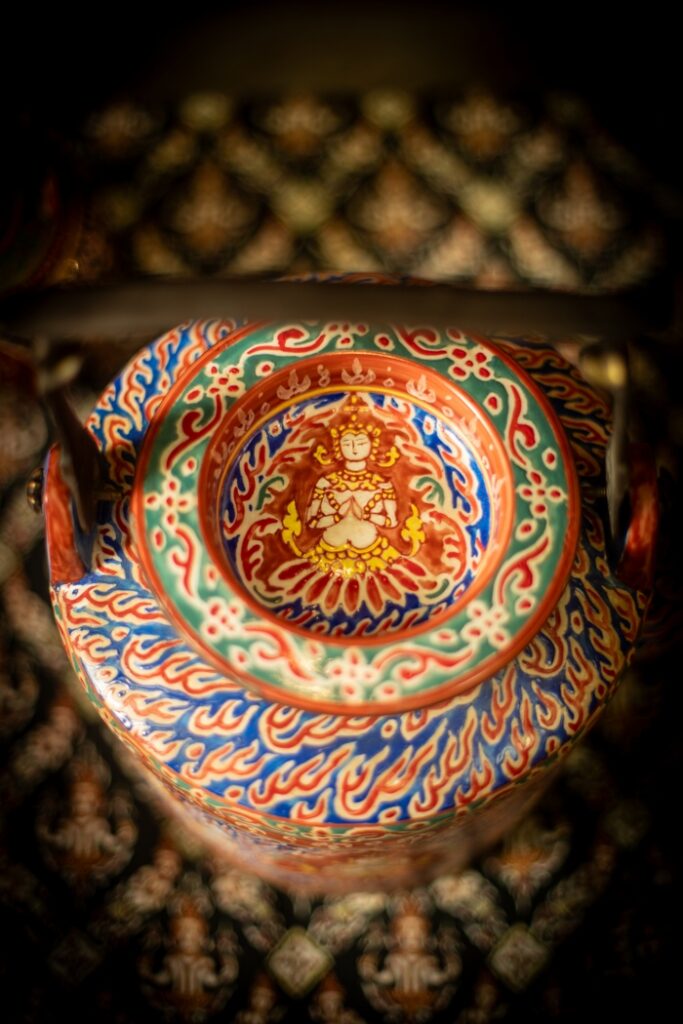
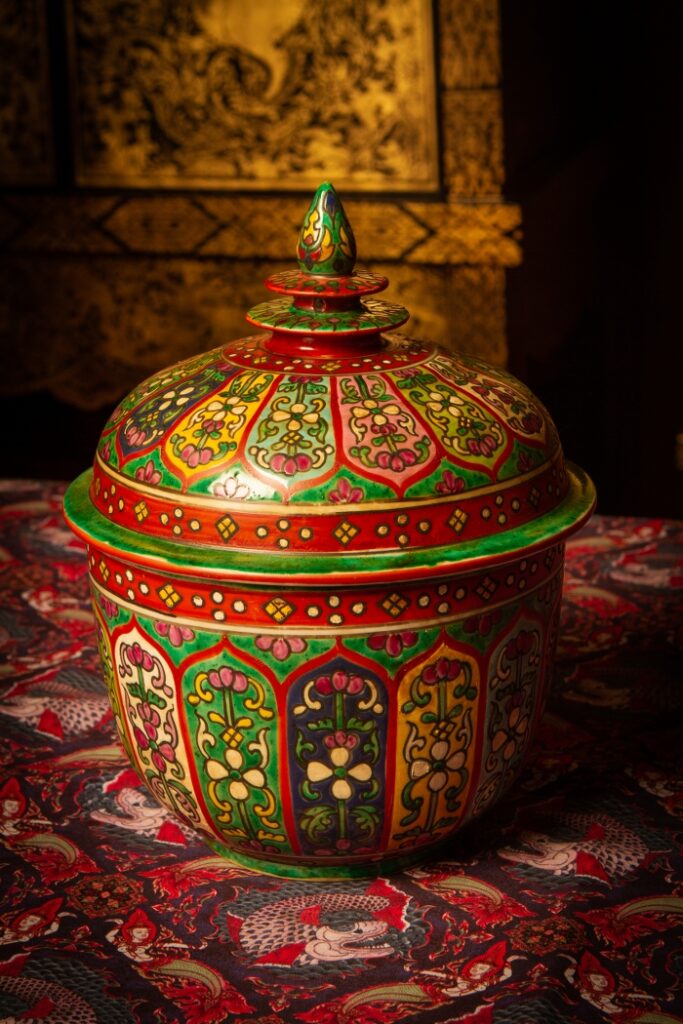
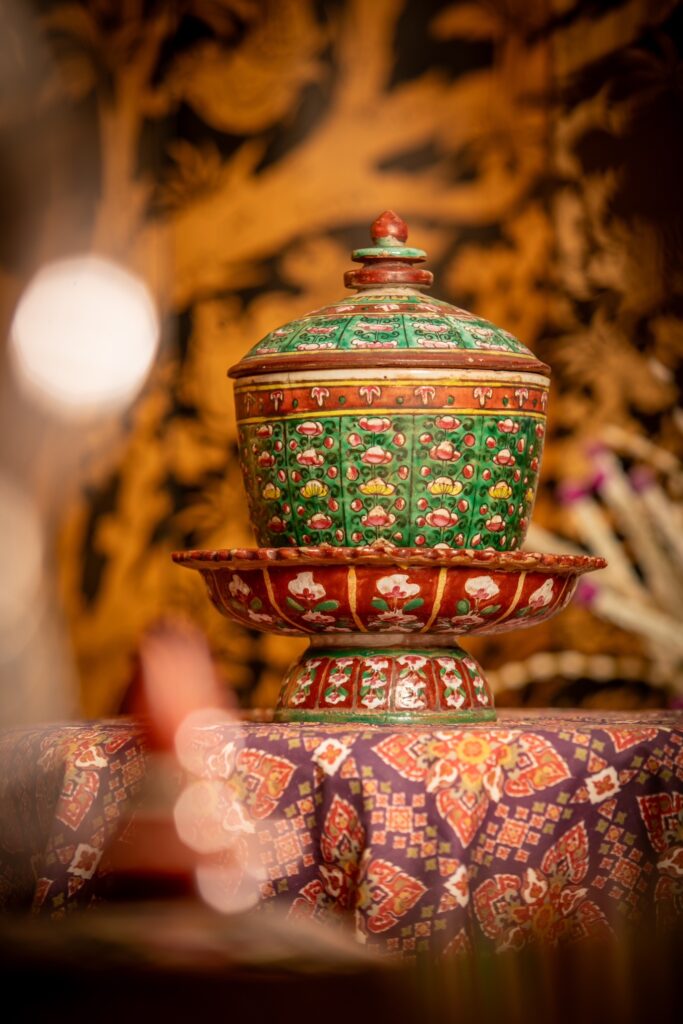
An author assistant Nonthawat Ningjaiyen
credit หนังสือเครื่องถ้วยเบญจรงค์และลายน้ำทอง – ดอว์น เอฟ. รูนีย์
https://cityofbenjarong.com
TRULY THAI AUTHENTIC YOU CAN BE
>>ติดตามเรื่องราวความเป็นไทยอย่างใกล้ชิดที่ Thai Style Studio<<
เพราะเราเชื่อว่า “มากกว่าความรู้สึก คือ การได้สัมผัสประสบการณ์ความเป็นไทยด้วยตัวคุณเอง”
